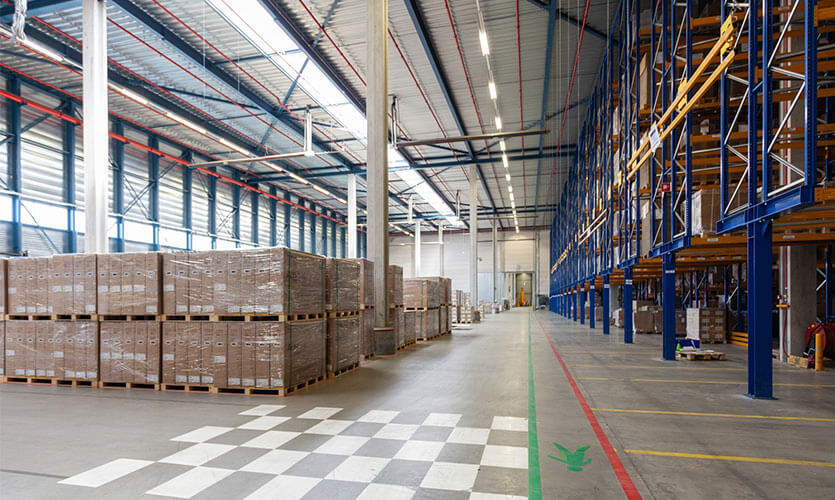
Warehouse Facility

Warehouse Facilities
Warehouse facilities play a crucial role in the supply chain and logistics industry, serving as storage spaces for goods and materials before they are distributed to retailers, wholesalers, or directly to consumers. These facilities are designed to optimize the storage, handling, and distribution of products, ensuring that businesses can meet customer demands efficiently and effectively.
The significance of warehouse facilities cannot be overstated. They act as a buffer between production and consumption, allowing businesses to manage inventory levels and respond to fluctuations in demand. By providing a centralized location for storage, warehouses help streamline operations, reduce transportation costs, and improve order fulfillment times. Additionally, well-managed warehouse facilities can enhance customer satisfaction by ensuring that products are readily available when needed.
Storage Space: Warehouse facilities are designed to maximize storage capacity, utilizing various shelving systems, pallet racks, and bulk storage areas to accommodate different types of products.
Loading and Unloading Areas: Efficient loading docks and unloading zones are essential for the smooth transfer of goods in and out of the warehouse. These areas should be equipped with appropriate equipment, such as forklifts and pallet jacks, to facilitate the movement of heavy items.
Climate Control: Depending on the nature of the products stored, some warehouses may require climate control systems to maintain specific temperature and humidity levels, particularly for perishable goods or sensitive materials.
Security Systems:
To protect inventory from theft and damage, warehouse facilities should be equipped with security measures such as surveillance cameras, access control systems, and alarm systems.
Inventory Management Systems: Modern warehouses often utilize advanced inventory management software to track stock levels, manage orders, and optimize storage space. This technology helps improve accuracy and efficiency in warehouse operations.
What types of cargo can your service handle?
Our local track transport service is equipped to manage a diverse range of cargo types, ensuring that we meet the unique needs of various industries.
What Are the typical stages of a logistic project?
The typical stages of a logistics project include project initiation, where needs are assessed and stakeholders are engaged; planning, which involves defining the scope, allocating resources, and budgeting; design, where the logistics network and processes are mapped out; implementation, during which plans are executed and staff are trained; monitoring and control, focusing on tracking performance and resolving issues; evaluation, where project success is reviewed and feedback is collected; and finally, closure, which involves finalizing activities, documenting results, and celebrating the team's efforts. Each stage is crucial for ensuring efficient logistics operations and achieving project goals.
Is my technology allowed on tech?
To determine if your technology is allowed on a specific platform, you should consult the platform's terms of service and usage policies. These documents typically outline any restrictions or requirements for technology integration. Additionally, consider checking for compatibility with the platform's existing systems and ensuring compliance with relevant security and regulatory standards. If you have any uncertainties, contacting the platform's support team can provide further guidance.
Can you assist with customs clearance procedures?
Yes, We can assist with customs clearance procedures by providing guidance on the necessary documentation, such as commercial invoices, packing lists, and import/export permits. It's important to ensure that all paperwork is accurate and complete to avoid delays. Additionally, I can help you understand the applicable tariffs, duties, and regulations for your specific goods, as well as advise on best practices for compliance with customs authorities. If needed, I can also recommend resources or professionals who specialize in customs brokerage.
